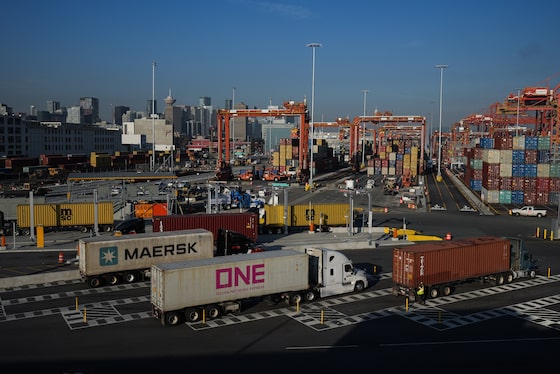At a time when Canada’s economic outlook appears increasingly uncertain, experts are calling for accelerated investment in transformative national infrastructure projects to stimulate growth and enhance productivity. The push comes as our GDP growth slowed to 1.1% in the third quarter, prompting renewed focus on large-scale initiatives that could revitalize the economy.
“What we’re missing is the vision and commitment to game-changing infrastructure,” says Dominic Barton, former global managing partner at McKinsey and chair of the federal government’s Advisory Council on Economic Growth. “Countries that build ambitious national projects create economic advantages that last generations. Canada has fallen behind.”
Analysis from the C.D. Howe Institute reveals that infrastructure spending can generate between $1.30 and $1.70 in economic activity for each dollar invested. Yet Canada’s infrastructure deficit—estimated at $150 billion by the Federation of Canadian Municipalities—continues to grow despite repeated promises of transformative projects.
The momentum behind transformative projects has been building across party lines. Recent polling from Abacus Data shows 73% of Canadians support increased infrastructure spending if focused on projects with clear economic benefits. This popularity hasn’t translated into execution, with only 60% of announced federal infrastructure dollars actually being spent within projected timeframes.
One success story stands out: The Roberts Bank Terminal 2 project in British Columbia, which finally received approval after years of environmental assessments. The $3.5 billion port expansion is expected to create 12,400 jobs and add $1.3 billion annually to Canada’s GDP once operational.
“Infrastructure investment isn’t just about concrete and steel—it’s about creating economic arteries that connect communities and businesses to new opportunities,” explains Goldy Hyder, president of the Business Council of Canada. “These projects generate returns for decades.”
The biggest challenge remains navigating Canada’s complex approval process. According to the World Bank’s Ease of Doing Business index, Canada ranks 34th in dealing with construction permits—behind many competitor nations. Major projects face an average of 13 different regulatory reviews spanning provincial and federal jurisdictions.
Critics point to Australia’s Infrastructure Australia model, which established an independent body to prioritize national projects based on economic merit rather than political considerations. The approach has accelerated project timelines by an average of 18 months while improving cost management.
Minister of Infrastructure and Communities Sean Fraser has acknowledged the challenges, recently announcing efforts to streamline approvals for projects deemed “nationally significant.” The initiative aims to cut approval times by up to 50% for qualified projects.
“We need to think of infrastructure as our economic backbone,” says Jennifer Keesmaat, former Toronto chief planner and urban policy expert. “Every day we delay on critical projects is a day of lost economic opportunity and competitiveness.”
As Canada faces economic headwinds, the case for accelerating transformative infrastructure has never been stronger. The question remains whether we can overcome the regulatory complexity and political hurdles that have stalled progress on the nation-building projects that could define our economic future.
Read more about infrastructure developments at CO24 Business and follow breaking economic news at CO24 Breaking News.
















